What Do the Settings on Your Washer Really Mean?
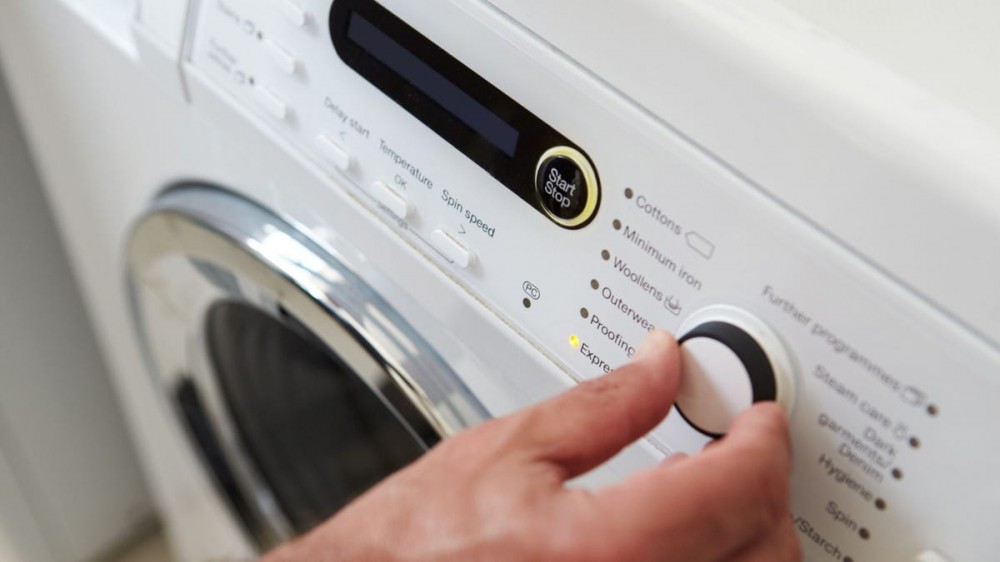
Doing laundry walks a fine line between getting your clothes clean and avoiding damage to the fabric. By understanding and using the right settings on your washer, you can ensure your clothes are perfectly cared for every time.
While many everyday items can simply use a “normal” cycle, there are several types of items that require a different setting. Many of today’s washing machines have a wide variety of settings, all with different names, but a handful of the most useful settings are pretty much universal. Here’s how you can make the most of your washer’s settings to keep your laundry clean, fresh, and in pristine condition.
When to Use a Delicate Cycle
When to Use a Heavy Duty Cycle
When to Use Permanent Press
The Best Laundry Setting for Bedding
The Best Laundry Setting for Towels
When to Use a Delicate Cycle
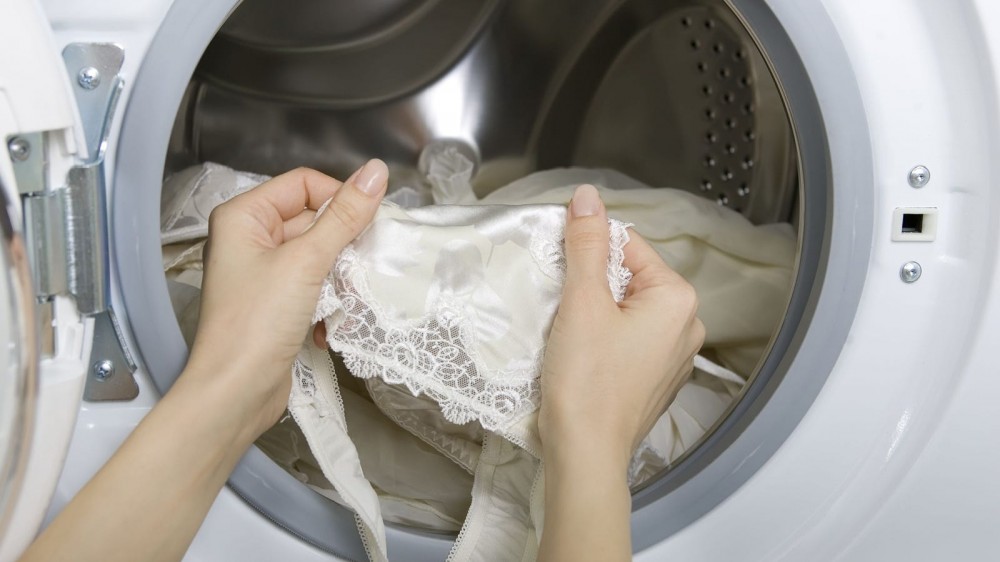
In most washing machines, a delicate cycle indicates cool or cold water, a shorter duration, and a gentler, slower spin and agitation. Especially when paired with a laundry detergent designed to be gentle on clothes, it provides a way to get clothes clean without spending the time to hand wash or worrying about them getting damaged in a harsher cycle.
As the name suggests, this cycle is best for items that are “delicate.” This includes items like lingerie or sweaters, as well as anything made from a delicate fabric such as silk, satin, wool, or some synthetics like yoga pants and similar workout gear.
If you’re washing items with significant detailing, like embroidery or sequins, you’re more likely to be hand washing or dry cleaning it. On the off chance that an item with those details is machine washable, it definitely will require the delicate cycle too.
When to Use a Heavy Duty Cycle
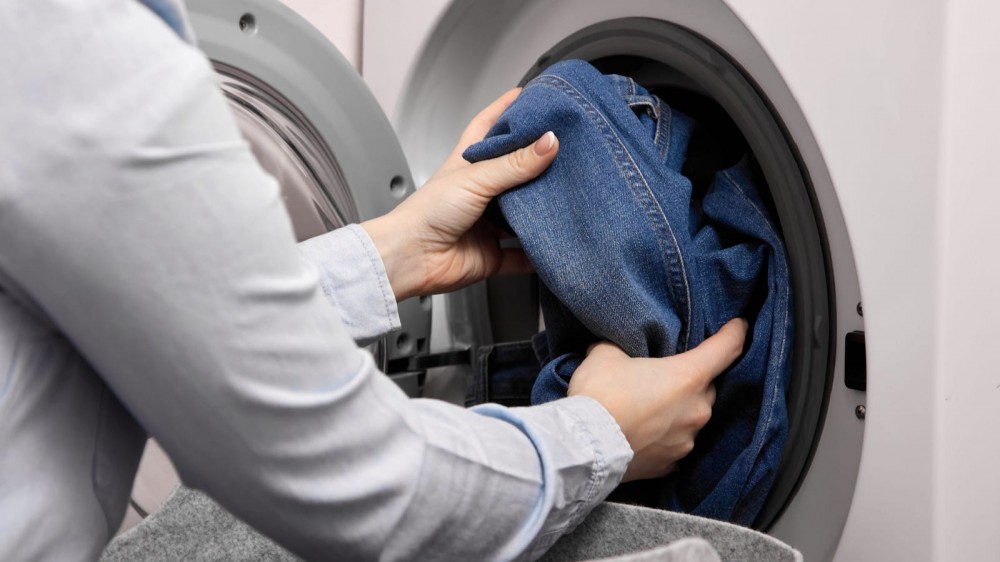
On the opposite end of the spectrum from the delicate cycle is the heavy-duty cycle. This setting produces a longer wash cycle with a faster, more intense agitation and spin cycle; it’s usually paired with warm or hot water. It’s designed to clean those items that are especially dirty or just that are made from especially sturdy fabrics and take more effort to get clean.
Be careful when choosing a heavy-duty cycle, as it can occasionally cause damage (or at least unnecessary wear and tear) on clothes that don’t need that kind of strong washing. Use a heavy-duty cycle on sturdy fabrics, such as towels or denim.
If you have items that would otherwise go in the “normal” cycle but have gotten unusually dirty, you can use a heavy-duty cycle on them to help return them to their clean, fresh state. You may even choose to enhance this cycle further with heavy-duty laundry detergent, designed to break down tougher stains and odors.
When to Use Permanent Press
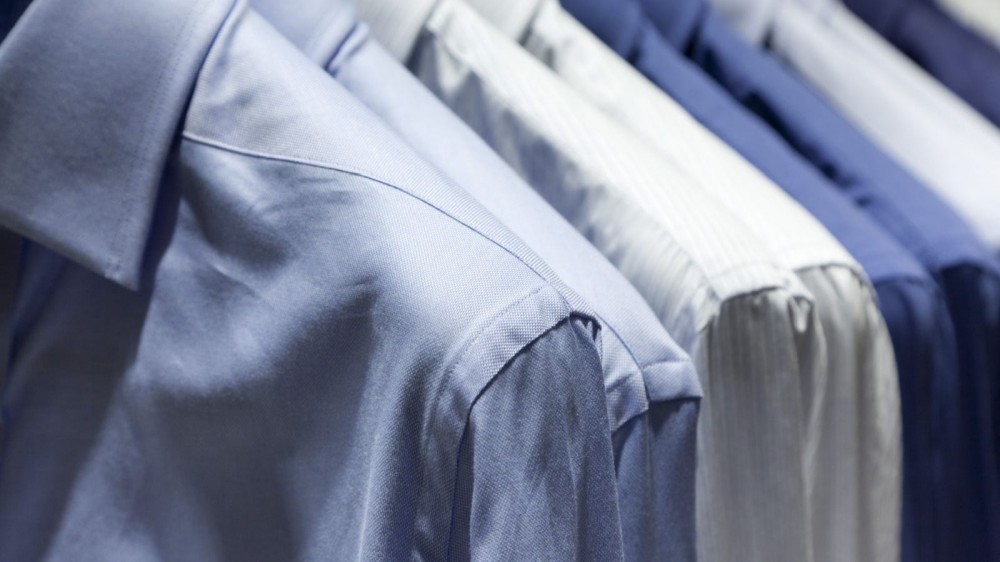
One setting you’ve probably seen but might not use as often is the “permanent press” cycle. The idea behind it is simple. Washing certain types of clothes using a particular temperature and speed can help reduce the appearance of wrinkles, hence the “press” name for it.
Permanent press typically uses warm water, a moderate level of agitation, and a slow spin. This helps to relax any wrinkles that are already in the fabric while minimizing the likelihood of new ones forming. Some permanent press cycles also have a “rest” or “cool down” period built into the cycle, which further helps avoid wrinkles.
Some garments have “permanent press” on their care labels, indicating that they’re best suited for this cycle. It’s also a great choice for washing wrinkle-prone items like dress shirts and pants, some synthetics, and wrinkle-free materials. The water temperatures and speed involved also make it a great choice for laundering darks and vibrant colors, as long as they’re not overly soiled.
A permanent press cycle should help with wrinkles, although depending on the fabric, it might not get every one out. In that case, just use a garment steamer to smooth garments the rest of the way.
The Best Laundry Setting for Bedding
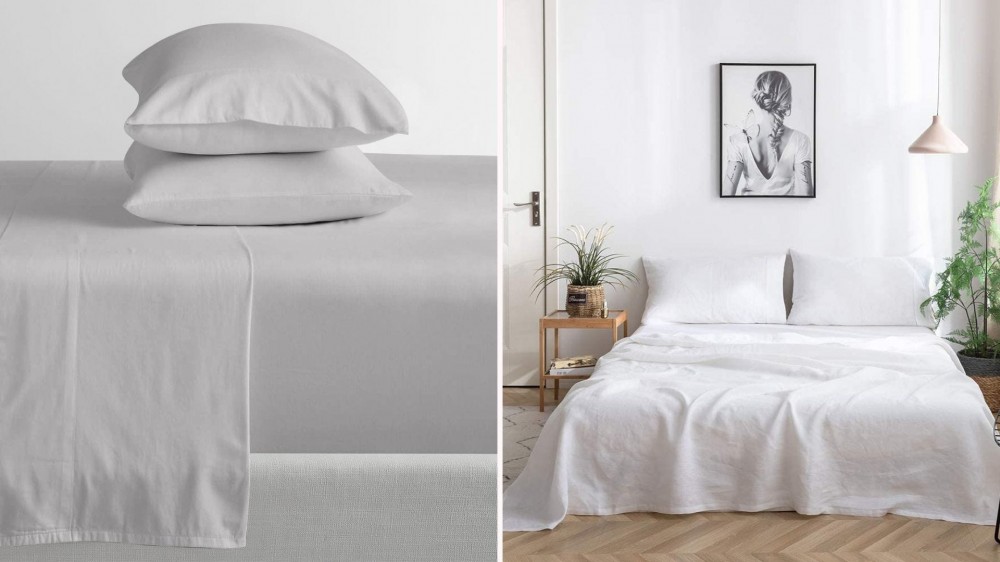
Many of these settings are specific towards ensuring clothes are cleaned thoroughly and carefully, but what about your other laundry loads, like bedding?
Bedsheets can usually be washed on a normal cycle, using cool or warm water—no special settings needed. That being said, you may wish to turn on the “extra rinse” setting when washing sheets to ensure that there is no detergent residue left over that might irritate your skin. The “extra rinse” setting is also good to use on other skin-adjacent items, like underwear—perhaps not every single wash, but every few washes.
Tip: If you have more delicate sheets, like linen or silk, use the delicate cycle instead.
Some washers have a “bedding” or “sheets” setting programmed into their options. If that’s available, you can also choose that setting. The main feature of those settings is a shift in the washing and agitation motion to avoid large pieces getting tangled up inside the machine.
The Best Laundry Setting for Towels
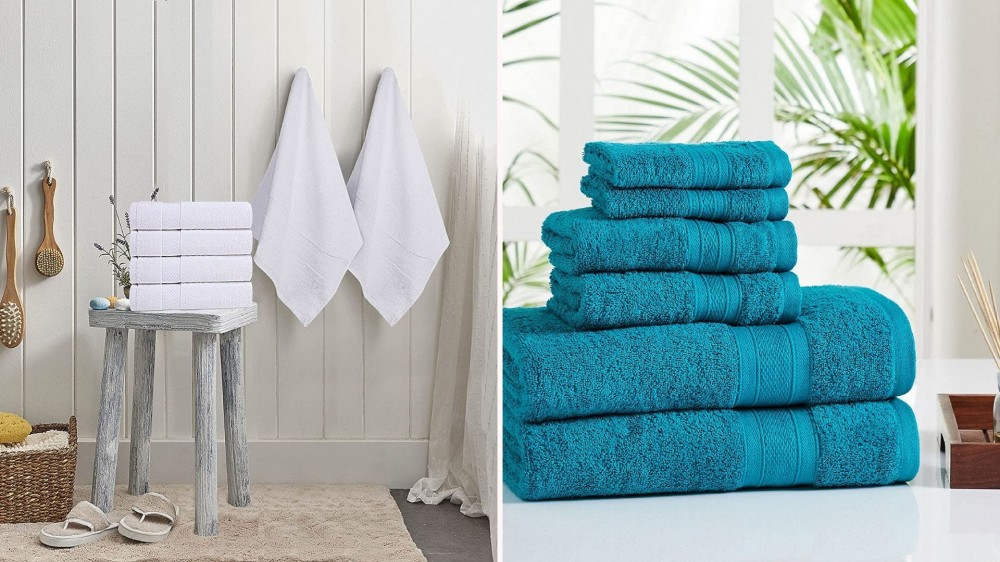
Unlike other items that go in the laundry, towels are used several times before they eventually get washed. Even though they’re usually coming into contact with clean skin (after washing hands or after taking a shower), moisture and body oils can still build up, and the heavy texture of towels means they need a serious wash to get them feeling and smelling fresh again.
In most cases, towels should be washed using the heavy-duty setting, although you can use the normal setting instead, if you prefer or if the towels are lighter in texture. Hot water is usually best for white and light-colored towels, while warm water helps avoid fading while cleaning dark and vibrant towels.
Using the right settings on your washing machine can make a big difference in extending the life of your favorite clothes and more. With these helpful tips, plus other easy laundry hacks, you can keep your laundry looking great for years to come.


